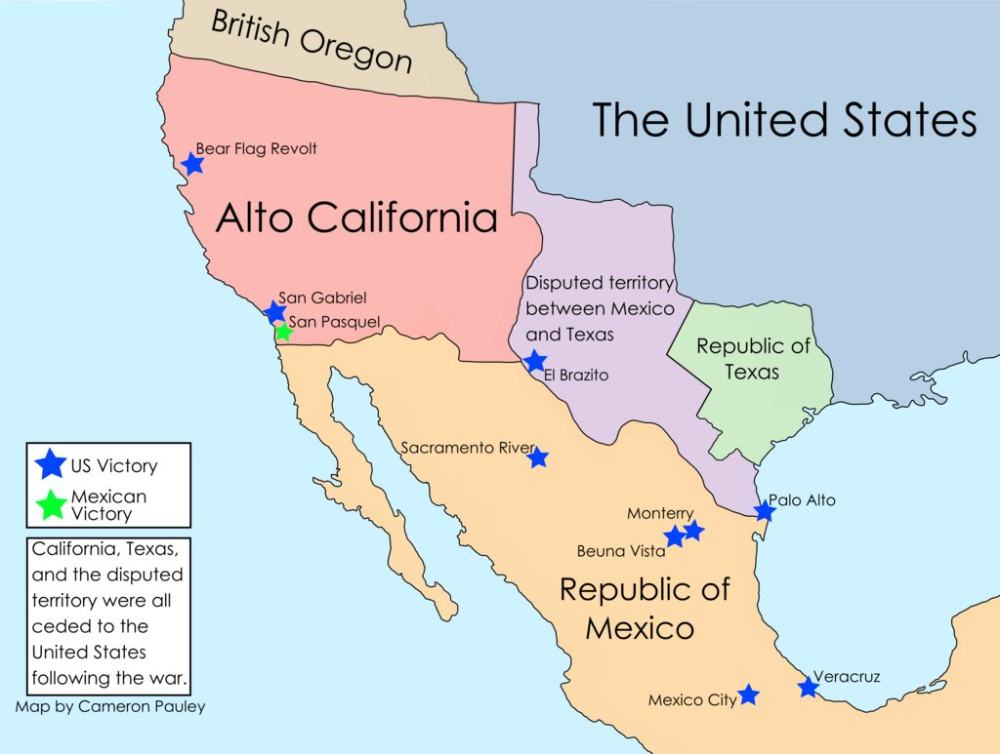When comparing two neighboring countries like the United States and Mexico, it’s essential to consider various aspects that define their uniqueness. From cultural differences to economic strengths, each nation presents a distinct profile. This article delves deep into the multifaceted comparison of “Estados Unidos vs. México,” offering insights that are both comprehensive and SEO optimized.
Key Takeaways
- Understanding the cultural, economic, and social differences between the United States and Mexico.
- Exploring the historical context that shapes the relationship between these two countries.
- Analyzing the current economic indicators and quality of life in both nations.
- Comparing educational systems, healthcare, and lifestyle choices.
Historical Context
The relationship between the United States and Mexico has been shaped by a complex history. From the Mexican-American War in the mid-19th century to modern-day trade agreements like NAFTA and its successor, USMCA, these two countries have experienced both conflict and cooperation.
Mexican-American War
The Mexican-American War (1846-1848) resulted in significant territorial changes, with Mexico ceding present-day California, Nevada, Utah, Arizona, and New Mexico to the United States. This event set the stage for future interactions and established a long-standing border that continues to be a focal point in bilateral relations.
Trade Agreements
NAFTA, implemented in 1994, was a pivotal moment in the economic relationship between the United States and Mexico. It eliminated many tariffs and facilitated a surge in trade and investment between the two nations. In 2020, the United States-Mexico-Canada Agreement (USMCA) replaced NAFTA, further strengthening economic ties.
Economic Comparison

Economically, the United States and Mexico present contrasting pictures. The United States boasts the largest economy in the world, characterized by a high GDP and advanced technological infrastructure. In contrast, Mexico, while being one of the largest economies in Latin America, faces challenges such as income inequality and slower economic growth.
Gross Domestic Product (GDP)
- United States: As of the latest data, the GDP of the United States exceeds $21 trillion, making it the world’s largest economy.
- Mexico: Mexico’s GDP is approximately $1.2 trillion, positioning it as a significant player in Latin America but far smaller than its northern neighbor.
Employment and Labor Market
The labor markets in the United States and Mexico also differ significantly. The United States has a diverse job market with opportunities in technology, healthcare, finance, and more. Mexico’s labor market is more concentrated in manufacturing, agriculture, and services.
Quality of Life
Quality of life is a broad metric that includes factors such as healthcare, education, and general living conditions. Both countries have their strengths and weaknesses in these areas.
Healthcare
The healthcare systems in the United States and Mexico are vastly different. The United States has a complex, predominantly private healthcare system, which, while advanced, is also costly. Mexico offers a more affordable public healthcare system, though it faces challenges in terms of quality and accessibility.

Education
Education is another area where the United States and Mexico differ. The United States is home to many of the world’s top universities and has a well-funded public education system. Conversely, Mexico’s education system, while improving, still struggles with issues like underfunding and disparities in educational quality.
Cultural Differences
Cultural differences between the United States and Mexico are profound and influential. These differences manifest in various aspects of daily life, including language, traditions, and social norms.

Language
Language is a primary cultural marker. The United States is predominantly English-speaking, though it is home to a significant Spanish-speaking population. Mexico, on the other hand, is overwhelmingly Spanish-speaking, with various indigenous languages also spoken.
Traditions and Celebrations
Both countries have rich traditions and celebrations. In the United States, holidays like Thanksgiving and the Fourth of July are central to cultural identity. In Mexico, celebrations such as Día de los Muertos and Cinco de Mayo hold significant cultural importance.
Geopolitical Influence

On the global stage, the United States and Mexico hold different levels of influence. The United States, as a superpower, has a significant impact on international politics, economics, and culture. Mexico, while influential in Latin America, has a more regional impact.
United States
The United States’ geopolitical influence is vast, with a presence in international organizations such as the United Nations, NATO, and the World Trade Organization. Its foreign policy decisions often have global repercussions.
Mexico
Mexico plays a crucial role in Latin America and is an active member of organizations like the Organization of American States (OAS) and the Pacific Alliance. Its geopolitical influence is more regional compared to the global reach of the United States.
Environmental Policies
Environmental policies are another critical area of comparison. The United States and Mexico face different environmental challenges and have adopted varying approaches to address them.
United States
The United States has a mix of federal and state-level environmental regulations. Recent years have seen shifts in policy focus, impacting areas such as climate change, renewable energy, and conservation.
Mexico
Mexico faces significant environmental challenges, including deforestation, pollution, and water scarcity. The country has made strides in adopting environmental policies, but enforcement and implementation remain ongoing challenges.
In conclusion, the comparison between the United States and Mexico reveals a complex tapestry of historical, economic, cultural, and geopolitical factors. Each country has its strengths and weaknesses, shaped by unique histories and contexts. Understanding these differences provides valuable insights into the dynamic relationship between these two neighboring nations.
Whether you’re interested in the economic prowess of the United States or the rich cultural heritage of Mexico, this comprehensive comparison offers a detailed look at what makes each country unique. As both nations continue to evolve, their interplay will undoubtedly remain a subject of great interest and importance.
